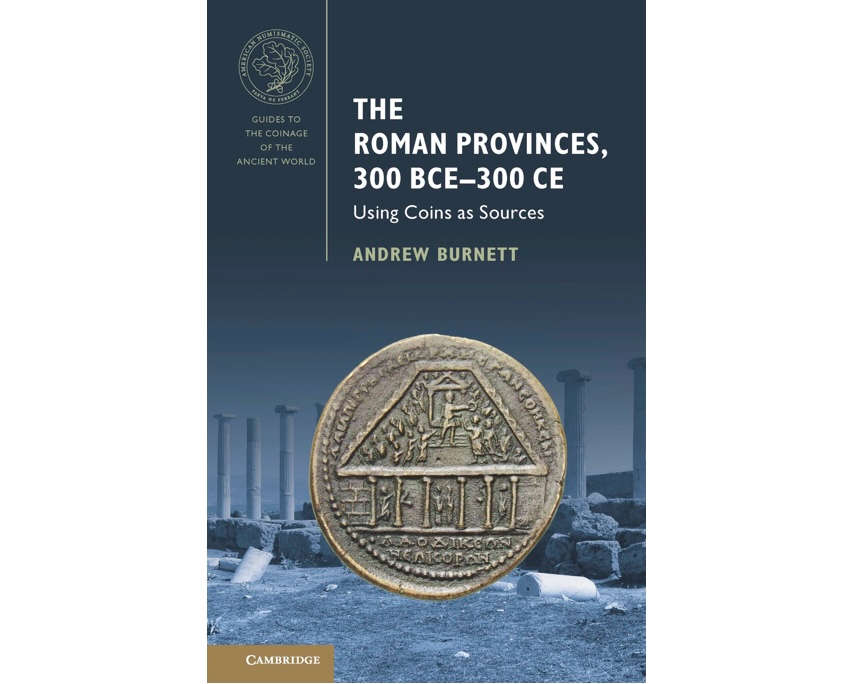Using Coins as Sources: The Roman Provinces, 300 BCE–300 CE
The series “Guides to the Coinage of the Ancient World” has a new volume. Andrew Burnett has published his work on Roman Provincial coins, highlighting the unique insights these coins provide into the Roman world.
Content
About the Book
Provincial coinage gives us a unique insight into the Roman world, reflecting the values and concerns of the elites of the many hundreds of cities in the Roman empire. Coins offer a very different perspective from written history, which usually represents the views of the senatorial class, and which was usually composed long after the events that are described.
The coins, in contrast, provide evidence without hindsight, and uniquely allow a systematic examination across the whole Roman world. This volume makes it possible for instructors and students and scholars to deploy a complex set of material evidence on many historical topics. It includes over two hundred illustrations of coins with detailed captions, so providing a convenient sourcebook of the most important items, and covers topics such as the motivation for Roman conquest, the revolution of Augustus, the world of the Second Sophistic and the crisis of the third century.
Table of Contents
- Precious metal coinages at Rome and in the provinces
- The beginnings of an empire in Italy and the western Mediterranean (300–200 BCE)
- The growth of an empire during the late Republic (200–31 BCE)
- Whose coins? A model for city coinage in imperial times
- The revolution of Augustus – and becoming more Roman in the first century CE
- Reinforcing Greek identity in the Golden Age of the second century CE
- ‘From a kingdom of gold to one of iron and rust’ in the third century CE
Discount
When you buy the book on www.cambridge.org, enter the code BURNETT25 at checkout for a 20% discount (until January 31, 2025).








